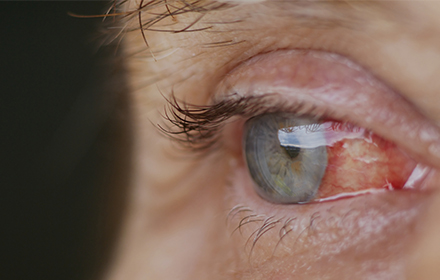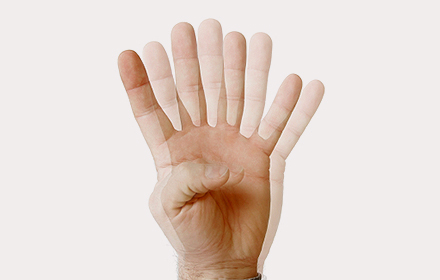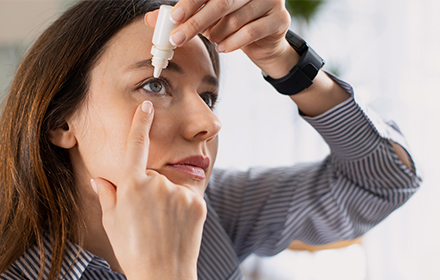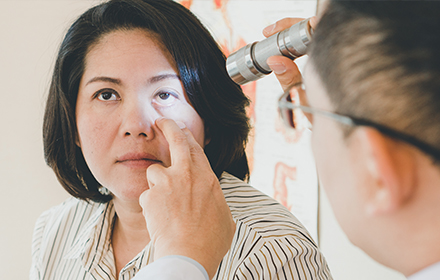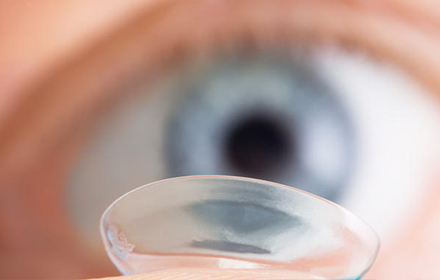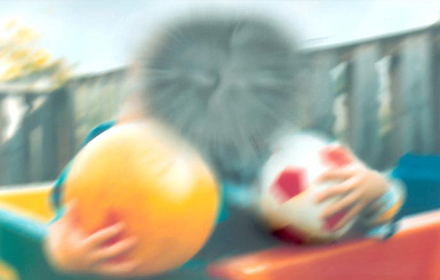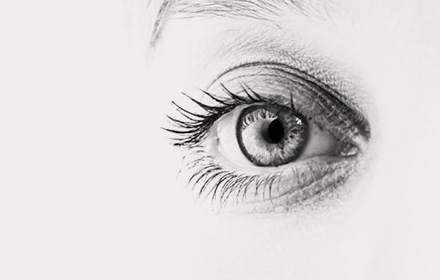Eye health is something that can be affected at any stage in life.
Sometimes signs are obvious, but often the problem may not be known until vision loss has occurred. To make sure your eyes are healthy, we highly reccommend that you have your eyes checked at least every two years by your local eye care professional.
The most common vision conditions are listed below. If you have concerns about any of the following, it is advised that you book an eye test with your local Optipro optometrist as soon as possible.
Astigmatism
Astigmatism is a refractive error that allows multiple focal points to occur that affect your vision. This causes what you see to be blurred or distorted at all distances.
Blurred Vision
The loss of eyesight caused by light not focussing at the back of the eye, is also known as blurred vision. This makes objects appear hazy and out of focus. The main causes of blurred vision are refractive errors commonly called Hyperopia (farsighted), Myopia (nearsighted), Astigmatism, and Presbyopia.
Cataracts
Cataracts are the most common cause of vision loss in those who are older than 40 years old. It's the leading cause of blindness throughout the entire world. This condition causes the lens inside the eye to lose its clarity, so light cannot reach the back of the eye.
Double Vision (Diplopia)
When both eyes accurately and correctly focus on one point, you see just one image. Double vision occurs when both eyes focus in different directions, and you see two images simultaneously. If you begin to have double vision when your eyes typically see only one image, you should take this seriously and seek immediate help.
Dry Eyes
While awake, tears are constantly produced by a gland located at the top of the eye. When we blink, these tears are washed across the eye and keep the front of the eye wet. Reduced tear production leads to a lack of lubrication, and the front of the eyes dry up, causing dry eye syndrome. This is experienced as an irritation and rubbing the eye makes it worse.
Floaters
The small spots, flecks, specks, and cobweb-like images that drift through the field of vision are known as eye floaters. They float in the fluid inside the eye. Even though they can be quite annoying, they are not a cause for panic or alarm. They are quite common and can usually be seen when you look at a white wall or the blue sky and move your eyes.
Glaucoma
Glaucoma is a group of eye disorders that typically have little or no preliminary signs or symptoms. However, eventually, they will cause damage to the nerves that carry data from the eye and into the brain. The optic nerve is the affected area.
Hyperopia (Farsightedness)
Hyperopia, also known as farsightedness, is a vision problem that is quite common. It affects nearly a quarter of the world's population. People with this condition can see objects in the distance very well but have a hard time seeing objects that are close up.
Keratoconus
Keratoconus is an eye disease that is highly progressive and causes visual distortions. The cornea, typically spherical, starts to thin out and bulge until it reaches a cone-like shape. This irregular shape is difficult to correct with spectacles. Hard contact lenses are effective, but more severe cases need corneal grafts.
Macular Degeneration
The macula is a part of the retina. It is responsible for the centrally sharp vision which is needed to do tasks such as reading and driving. With age, the macula starts to degenerate, which is what we call macular degeneration. This is now one of the most common forms of vision loss in people over 60.
Myopia (Nearsightedness)
Myopia is one of the most common forms of refractive errors, also known as nearsightedness. In myopia, the distance vision is blurred while close vision is clear and focused.
Presbyopia
Presbyopia typically occurs over the age of 40, when people begin to experience blurry vision when reading, working on the computer, sewing, etc. This is due to the lens inside the eye losing its flexibility, causing the eye to no longer be capable of focusing on close objects. This loss of flexibility occurs between the ages of 40 to 60 and then stabilises.
Find a local optometrist near you.
Our local optometrists as well as their facilities are equipped with state-of-the-art ophthalmic technology and years of experience to provide the most effective treatment.
Find an Optometrist


